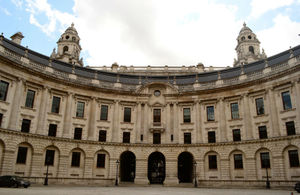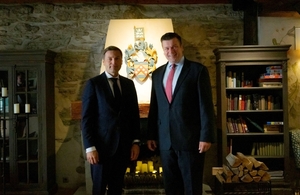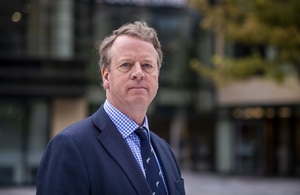Ann Phillips appointed as Charity Commission Legal Board Member
News story
The Secretary of State has appointed Ann Phillips for a 3 year term commencing 1 September 2022.

Ann Phillips is a solicitor with over 30 years’ experience advising on charity law and practice.
She is a Consultant with Stone King LLP. Before becoming a Consultant in 2020, she was a Partner of Stone King LLP for nearly 20 years and chaired the firm for 6 years, from 2014 to 2020.
Ann was Chair of the Charity Law Association from 2011 to 2014 and prior to that served on the Association’s Executive Committee for several years, contributing to its work on developments in charity law and related matters.
She has held a number of charity trusteeships and other voluntary roles.
Remuneration and Governance Code
Charity Commission board members are offered remuneration of £350 per day for approximately 24 days per year. This appointment has been made in accordance with the Cabinet Office’s Governance Code on Public Appointments. The appointments process is regulated by the Commissioner for Public Appointments. Under the Code, any significant political activity undertaken by an appointee in the last five years must be declared. This is defined as including holding office, public speaking, making a recordable donation, or candidature for election. Ann Phillips has declared no significant political activity.
Published 24 August 2022

